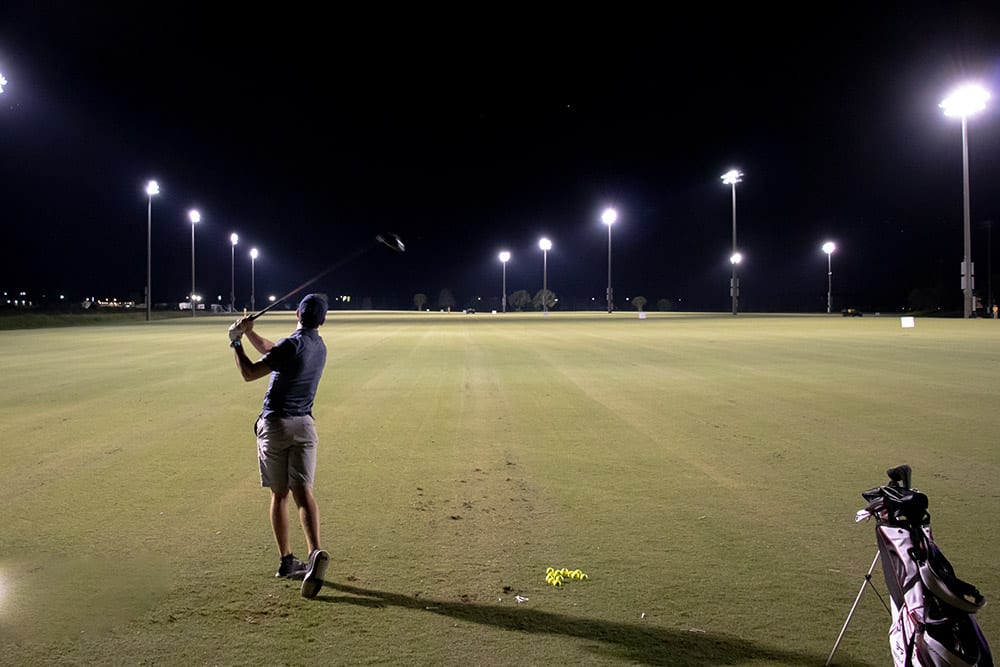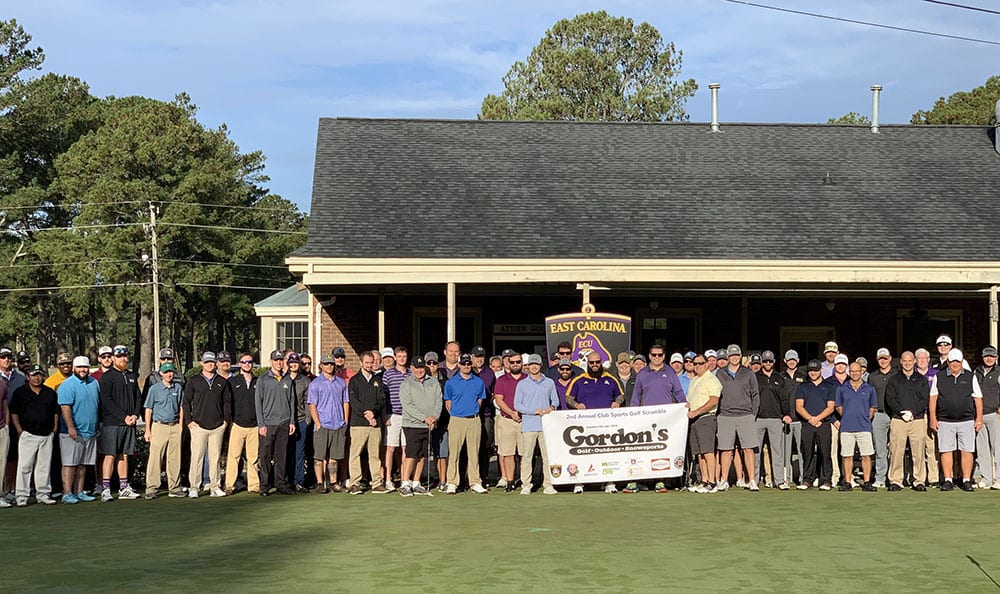East Carolina University (ECU) is taking note of shifts and trends. One such change has been in ECU Intramural Sports. Greg Corack reveals here what students are and aren’t playing, and what ECU is doing about it.
Over a decade ago, ECU Intramural Sports saw record increases in participation with over 150 teams in major sports like flag football and basketball. Students were filling leagues in record time, referees had game schedules stretching payroll budgets thin, and facilities were bursting at the seams.
During the past five years, these record-breaking trends reversed with some major sports seeing participation levels at 50% of all-time highs. The explanation by some practitioners is the “lethargic student body,” the rise of social media or the fear of missing out on other experiences by committing to a seven-week season. There is a degree of anecdotal truth to almost every theory, but the most important factor is what we as programmers are going to do to stem the tide and bring students back.
Why Are They Not Playing?
I read a very interesting article from the Washington Post in October 2020 referencing the major decline in sports viewership around the U.S.
The NBA finals saw an almost 50% decline in overall ratings while the NHL, NFL and MLB all saw similar, although not as noticeable, declines in viewership from their televised offerings in 2019. If our 18-24-year-old demographic is not watching sports, are they also not playing them?
The Aspen Institute reported a 4.5% decline in team sports participation among children 6-12 years old, and an even more pronounced 20% decline in youth baseball participation. Further investigation by the NFHS showed the first decline in sports participation in 30 years during the 2018-2019 season with 43,395 or 0.005% less participants than the year before.
EXTRA CREDIT: What is Adulting 101? Kerry Klug shares about the innovative and creative program added to campus recreation on his campus.
The traditional intramural sports demographic is watching less sports and playing less during their formative years. The lifeblood of recreational sports leagues on college campuses is the former high school or parks and recreation league athlete, and they just are not coming in the same large numbers as the last decade.
At ECU we asked students in an informal setting why they are not playing, and the most common response was, “I just don’t have the time.” There are a variety of factors that play into the lack of time, and we certainly cannot create more hours in the day. Our students just are not as invested as they once were in our programs. As practitioners, we need to adapt to meet the new demands of an evolving participant base.
How Can We Get Them to Play?
I started working as an intramural sports official in 2001 and have worked as a programmer ever since. The standard sports — flag football, volleyball, basketball, softball and soccer — are mainstays of every college Intramural Sports program but are no longer the sole drivers of growth.
For someone with 20 years in the field, it’s hard to turn away from traditional offerings, but it is even harder to pivot to radical changes in our system. A regular season lasting five weeks, followed by two to three weeks of playoffs, is a long commitment for an 18–24-year-old student, especially one who fears missing other parts of their college experience. Participation in campus recreation is not falling off drastically as informal recreation numbers remain at or above record levels. Simply put, intramural sports need a revamp or at least some changes to attract a new type of college student.

At ECU we have employed or brainstormed various strategies during the past year to attract students virtually that may remain as we transition to a more normal fall:
1. Shortened Seasons
The financial implications of the COVID-19 pandemic forced some alterations to the fiscal year 2022 budget and consequently student payroll. The two-fold benefit of artificially removing a week from a major sport season, financial savings and decreasing the time commitment from our student participants should pay dividends next year.
2. Event-Based Activities
One of the reasons our Adventure Leadership program at ECU has flourished during the past two to three years is we transitioned to trips as events. We moved away from three-day weekend camping trips to single day outings, with some as simple as a trip to the trampoline park, the local Ninja Warrior gym and the ice-skating rink. ECU Intramural Sports made a similar transition with more focus on “one off” activities like basketball skills challenges, one-round golf tournaments and esports tournaments lasting as little as 45 minutes.
3. Keep it Virtual
Many programs around the country made some type of virtual activity push in the past 12 months. Clearly, we pivoted due to necessity, but there is no reason to completely abandon this practice. We saw amazing participation numbers in our Fantasy Football, NFL/NCAA Pick’em leagues, virtual group fitness offerings, and at the time of this writing we have over 75 signed up for a free NCAA March Madness Bracket challenge.
EXTRA CREDIT: Jake Minnis, the Fitness and Wellness coordinator at the University of Arizona, shares advice on virtual fitness programming.
Although a number of these activities were simply virtual additions during the pandemic, they will help to supplement team sports numbers as we progress to more in-person programming.
4. Reinvest or Invest for the First Time
Prior to 2020, ECU Intramural Sports golf tournaments had modest participation, 10 to 12 golfers per tournament. This past fall we saw a need for a safe in-person program and had extra funds not being used to pay Intramural Sports officials. We infused additional funding into our golf program, supplementing player fees up to 60% at each course and predictably participation numbers soared. Golf tournaments with 50-plus in attendance became the new normal and we expanded further this spring with a monthly membership deal at a local public course just for ECU students. The participation from golf alone this spring will most likely rival that of a smaller team sport like four-on-four flag football or small-sided soccer.

5. Just Ask
I think one of the biggest mistakes recreational programmers make is we think we know what other people want without asking. Many of us assume certain things about our participants based on trends from previous years, but rarely do we just ask.
At ECU we started intramural esports in earnest this past fall with moderate success. We took the time to craft an esports survey and found many of our participants wanted games on different nights, in different formats and on multiple platforms. Without this information we would have stuck with the status quo but never reach our current participation levels of 10 to 15 players per tournament.











I would imagine the University reducing the Greek community has also had to play a major factor in the decline. When I was at ECU and I was Greek, intramural sports was a major draw. Our fraternity participated in every sport that we could find someone who had any spec of interest in the sport. I’m also so tired of hearing kids now a days cannot commit to anything longer than a couple of days. Sounds like a parenting issue closely related to participation trophies.